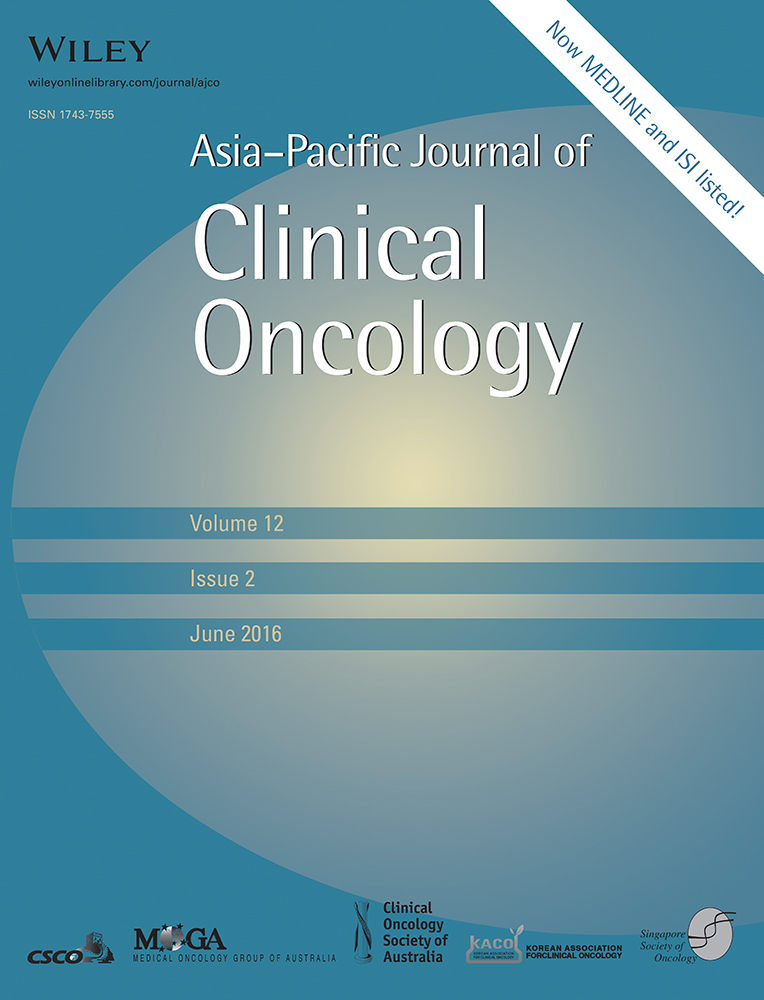Colorectal cancer among Indigenous and non-Indigenous people in Queensland, Australia: Toward survival equality
Abstract
Aim
While Indigenous people in Queensland have lower colorectal cancer (CRC) incidence and mortality than the rest of the population, CRC remains the third most frequent cancer among Australian Indigenous people overall. This study aimed to investigate patterns of care and survival between Indigenous and non-Indigenous Australians with CRC.
Methods
Through a matched-cohort design we compared 80 Indigenous and 85 non-Indigenous people all diagnosed with CRC and treated in Queensland public hospitals during 1998–2004 (frequency matched on age, sex, geographical remoteness). We compared clinical and treatment data (Pearson's chi-square) and all-cause and cancer survival (Cox regression analysis).
Results
Indigenous patients with CRC were not significantly more likely to have comorbidity, advanced disease at diagnosis or less treatment than non-Indigenous people. There was also no statistically significant difference in all-cause survival (HR 1.14, 95% CI 0.69, 1.89) or cancer survival (HR 1.01, 95% CI 0.60, 1.69) between the two groups.
Conclusions
Similar CRC mortality among Indigenous and other Australians may reflect both the lower incidence and adequate management. Increasing life expectancy and exposures to risk factors suggests that Indigenous people are vulnerable to a growing burden of CRC. Primary prevention and early detection will be of paramount importance to future CRC control among Indigenous Australians. Current CRC management must be maintained and include prevention measures to ensure that predicted increases in CRC burden are minimized.




